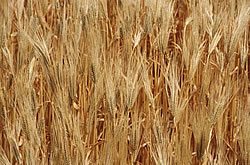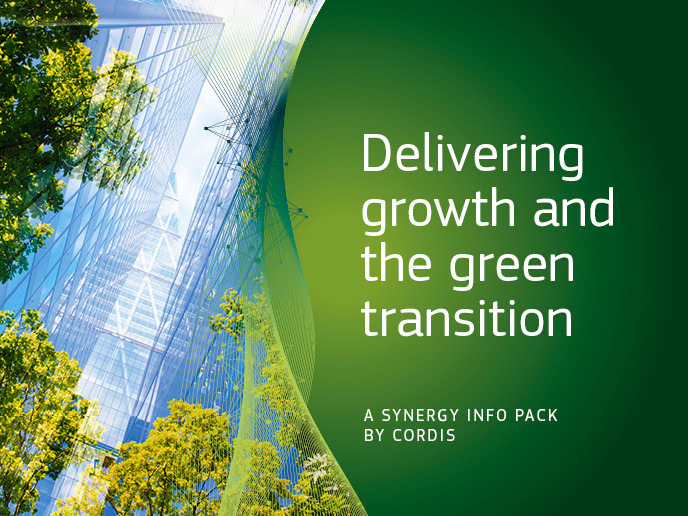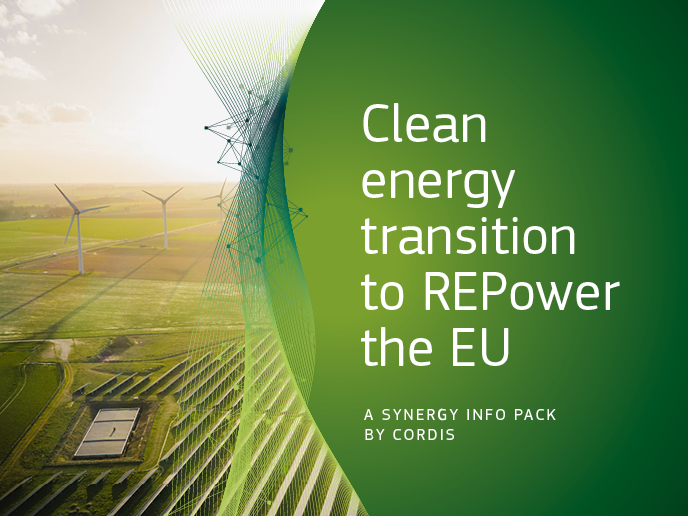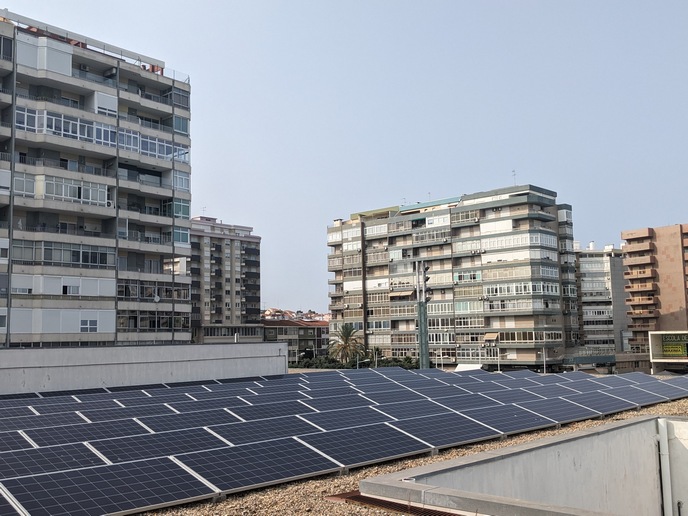Recycling straw for clean energy production
Biomass is any raw or processed plant material, including fast growing trees and grasses, agricultural residues and wood waste. Increased use of biomass for energy would directly lead to reduced greenhouse gas emissions, reduced dependency on oil reserves, improved rural economies and a new major industry. More than any other energy resource, biomass is capable of simultaneously addressing national energy, environmental, and economic needs. Straw is found abundantly in most European regions and as an important biomass resource is waiting to be used to generate electricity in a sustainable and renewable manner. In response to these challenges, this project resulted in the development and testing of a technique that allows gasification of straw material to feed existing power plants for energy supply. The technology involves many special techniques that assure increased functionality and productivity of the operation process, and most importantly prevent the risk of open generation of pollutants that straw gas contains, such as alkali and chlorine. The easily implemented technology may also be used for production on a large-scale with plants connected to existing power plants. The energy efficiency from straw to electricity is 40% bringing straw bioenergy very close to being economically competitive with conventional alternatives. Among its other benefits, the technique reduces emissions of the most critical pollutants, specifically SO2 and NOx. Valuing the environmental benefits of straw bioenergy resources or the negative impacts of widely used inexpensive fossil fuels more highly will allow this technology to compete economically and provide a greater portion of our energy supply in the future.







